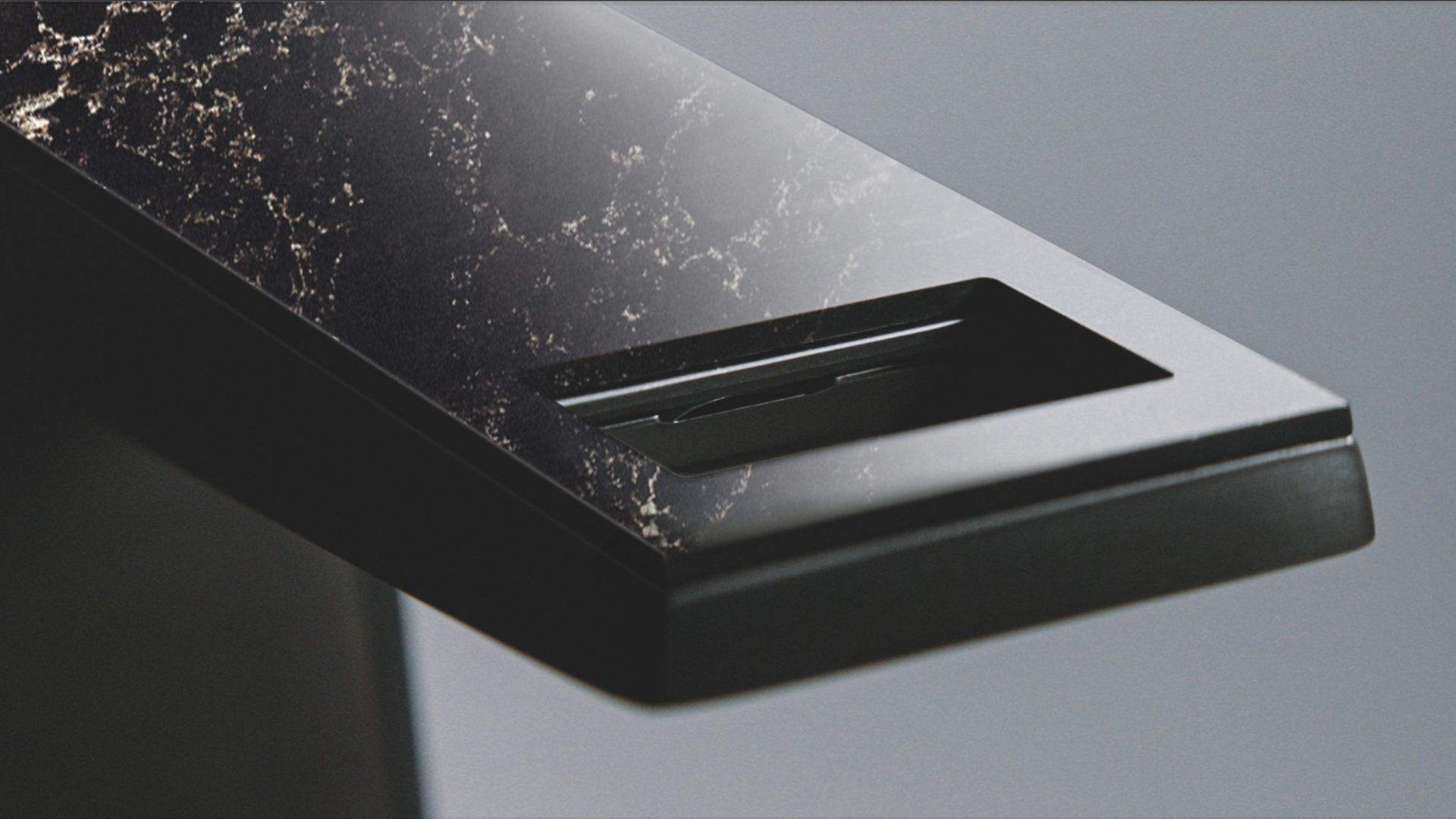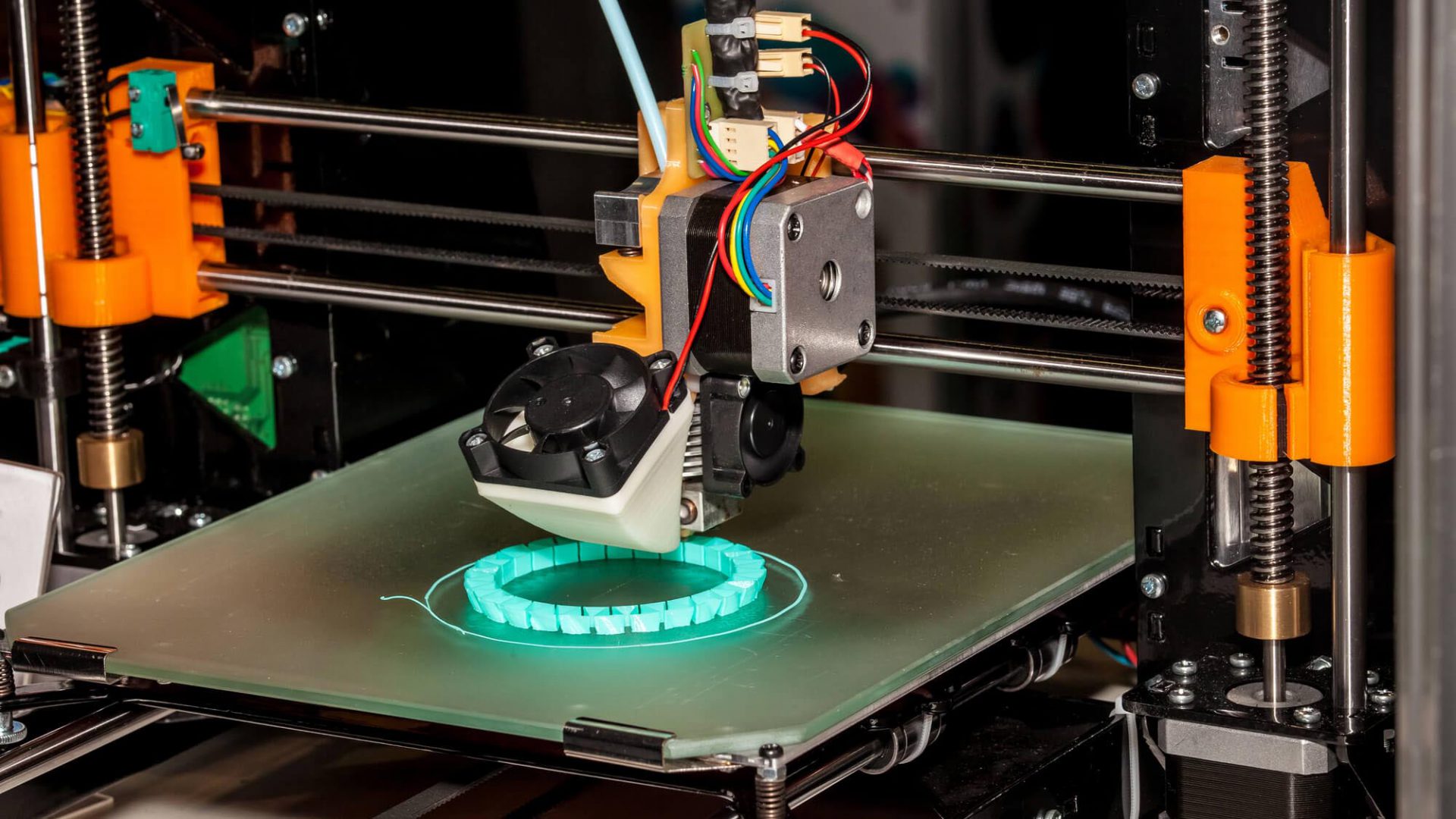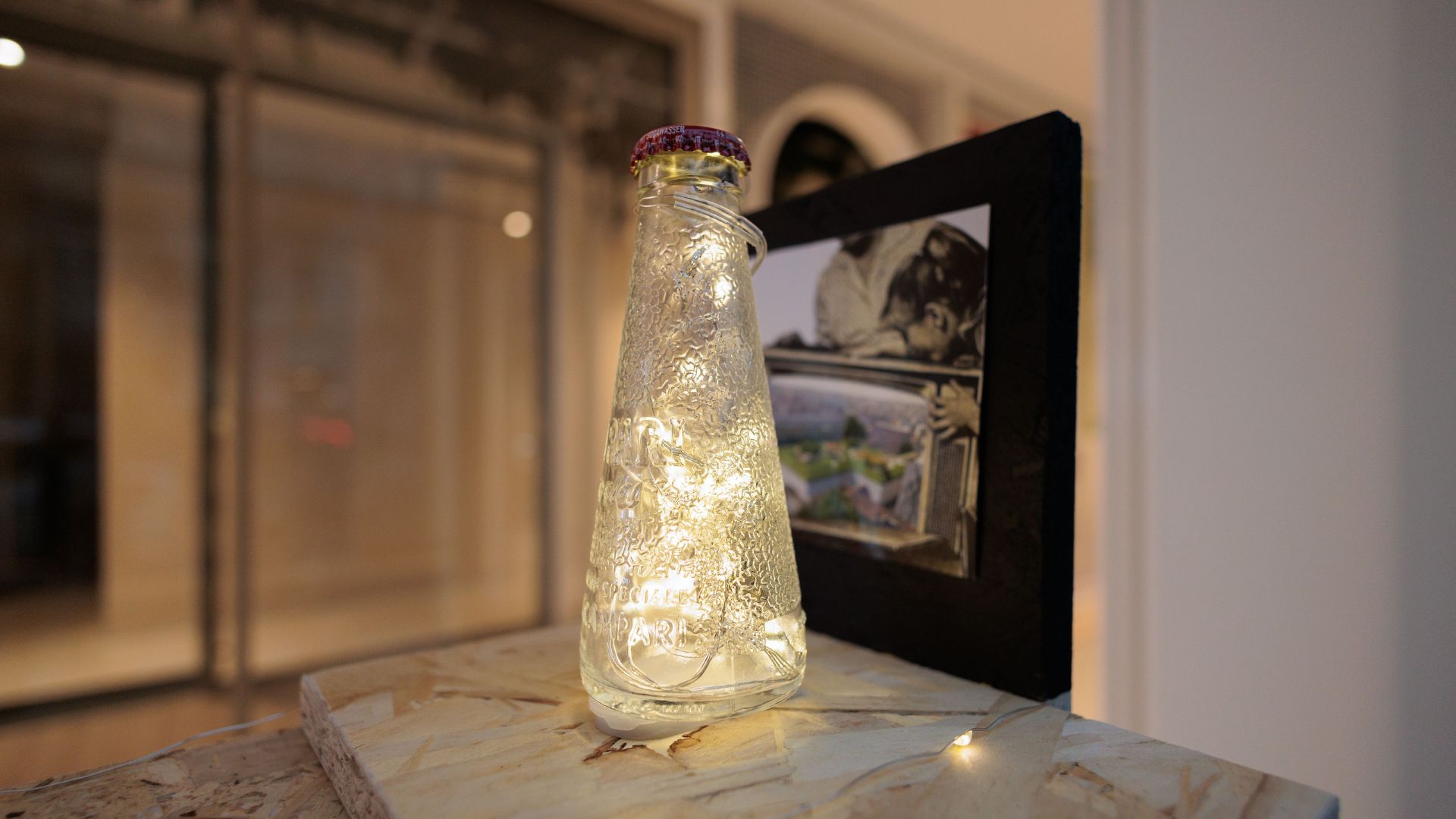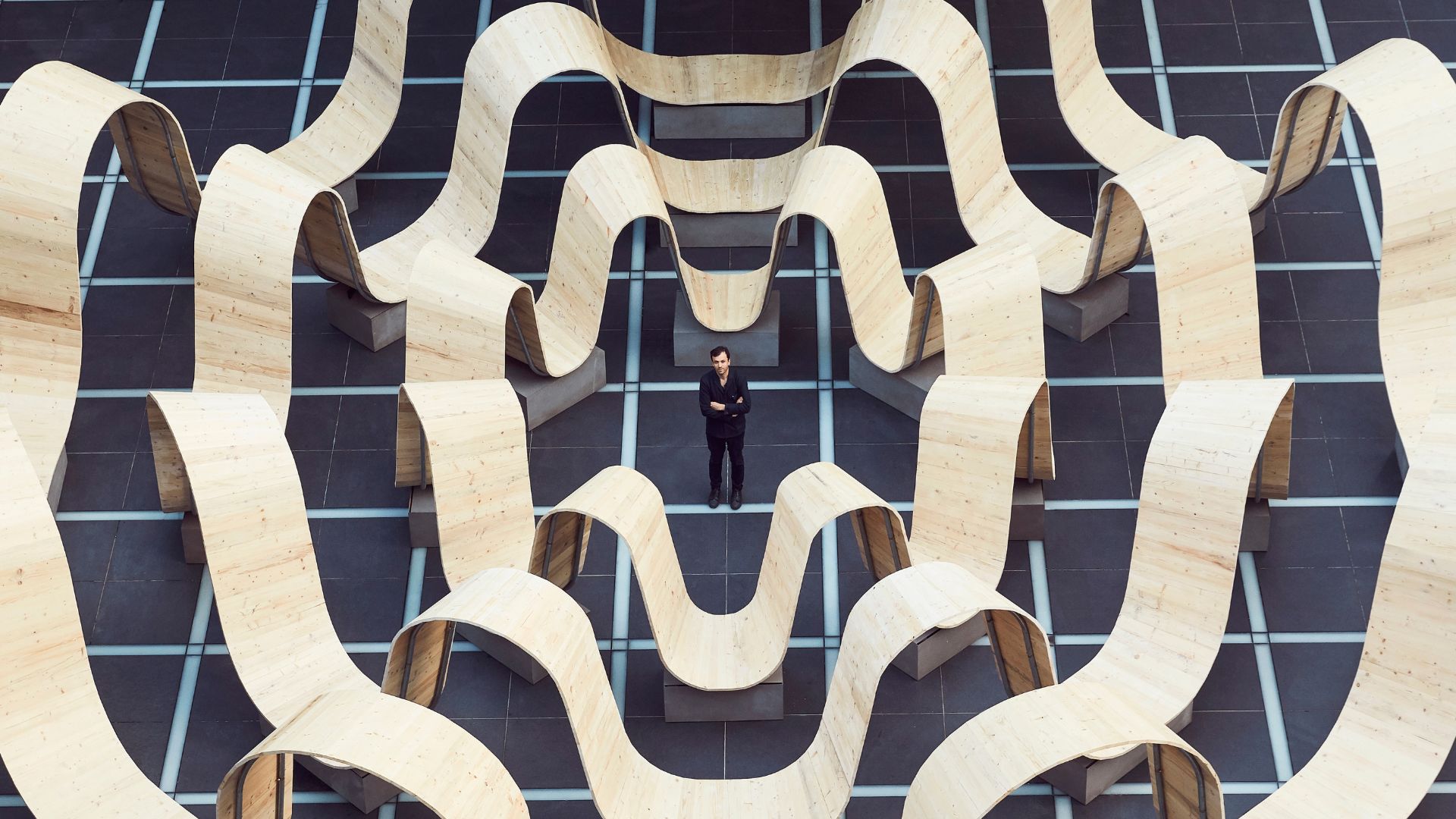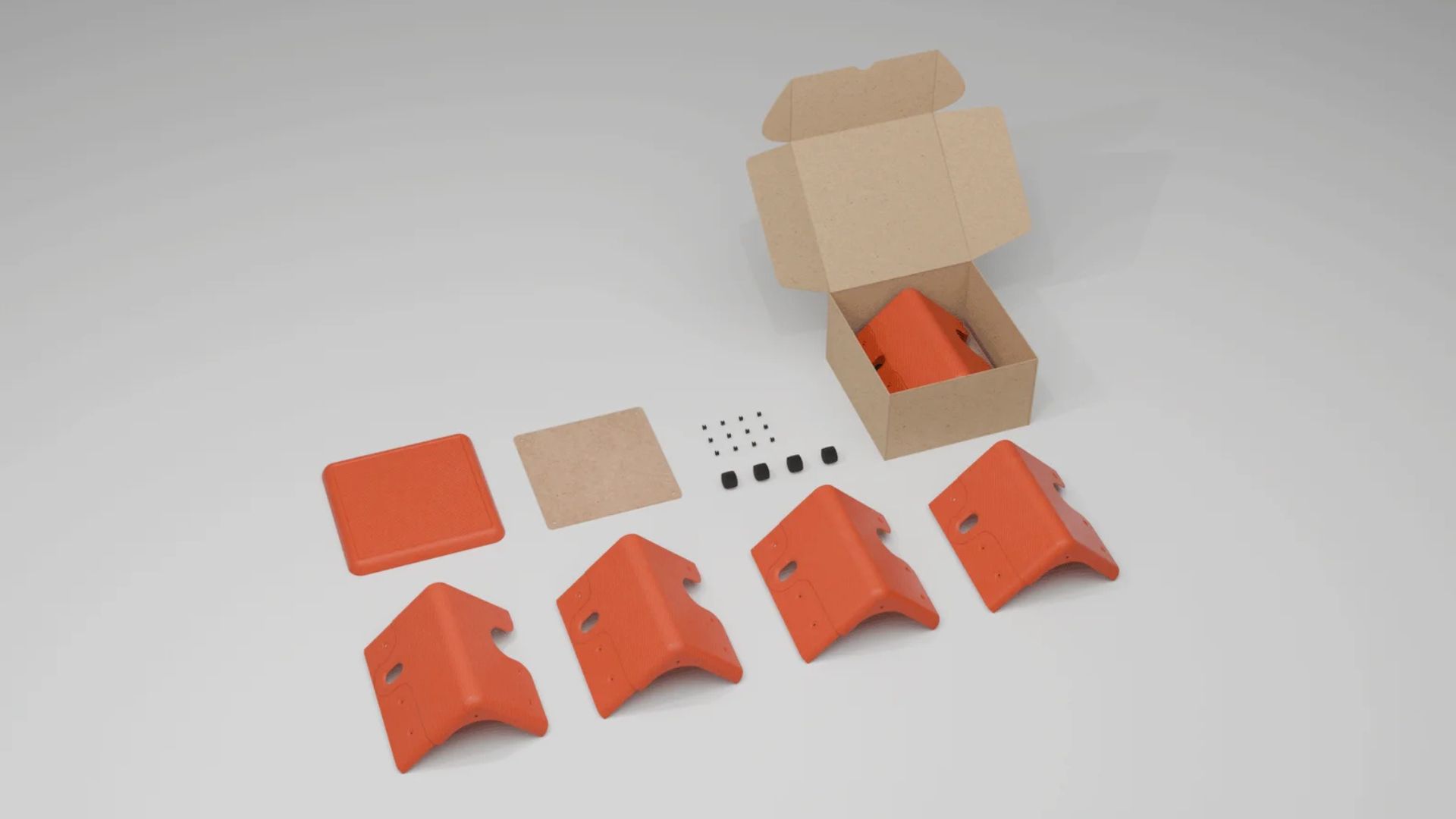Designing the “In-Between” – An Interview with John Beckmann
John Beckmann and his retinue of shape-shifting insurgents know that being provocateurs and challenging assumptions is what catalyzes new ways of thinking.
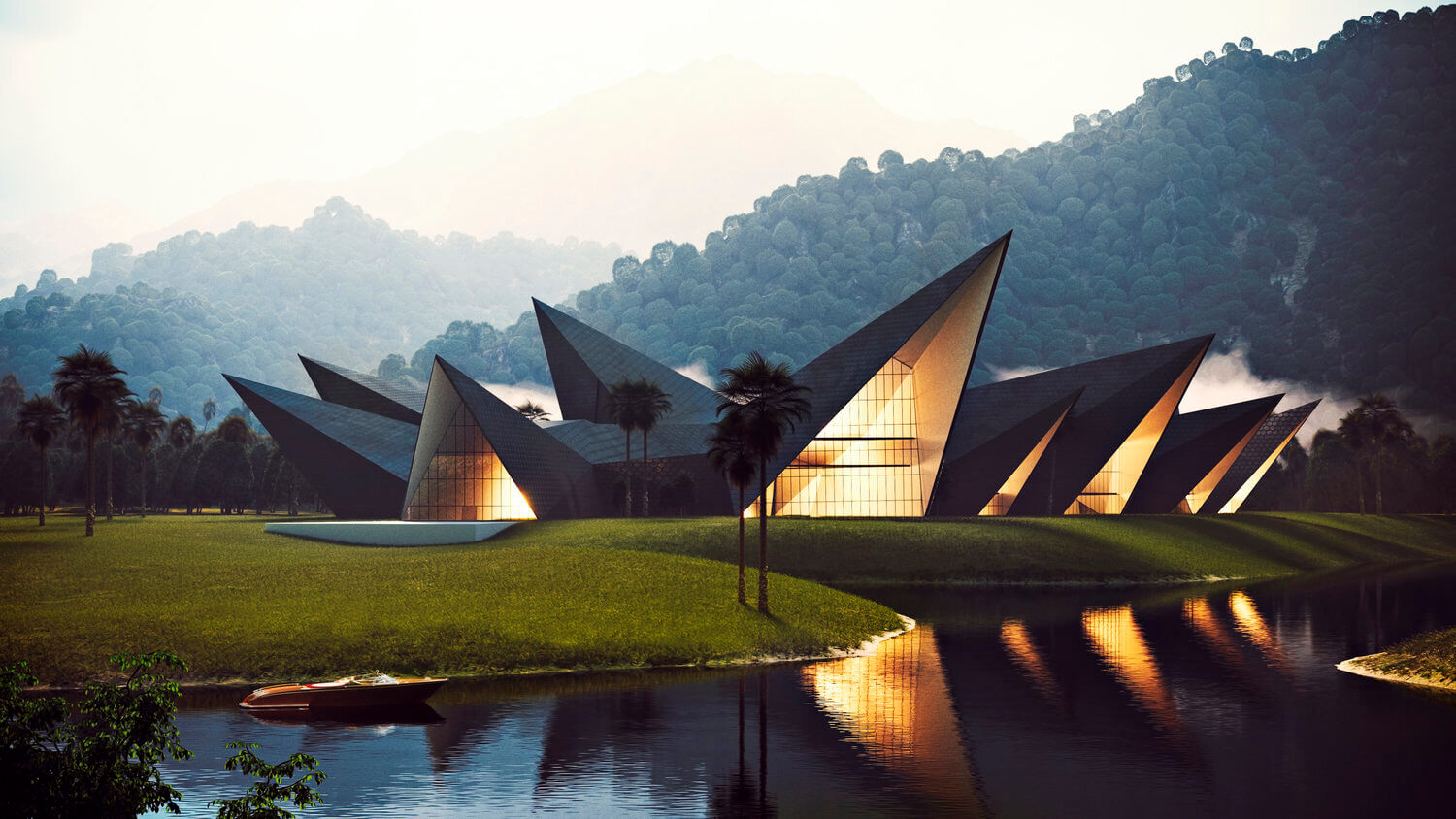
John Beckmann‘s New York-based design studio, Axis Mundi launched in 2004, has a reputation for interdisciplinary work across the fields of architecture, interior design, and anomalous site-specific installations.
He studied philosophy and visual culture at the New School, and architecture, interior, and industrial design at Parsons School of Design, where he received a Bachelor of Fine Arts in Environmental Design. Throughout his career, he has honed an astute understanding of the intersections between architecture, design, and contemporary art.
Beckmann’s honors include Best Residential Interior for 432 Park Avenue, ARCHMARATHON 2020, a grant from the Graham Foundation for Advanced Studies in the Fine Arts (1998), and a MacDowell Colony Fellowship (2010). He edited and contributed to The Virtual Dimension: Architecture, Representation and Crash Culture (Princeton Architectural Press, 1998), one of the first books to grasp the implications of digital technologies on the fields of architecture and design. His highly anticipated anti-monograph —Inconsistent Consistencies: I Wish I Could Talk in Technicolor, is forthcoming from Black Dog Press, London, 2021.

DesignWanted had the opportunity to interview John Beckmann and gain a personal insight into the workings behind his practice and encourage us to ‘Be Bold, and Believe in your work’.
Who is John Beckmann?
John Beckmann:
“I grew up in Northern New Jersey and became somewhat obsessed with architecture, design, and contemporary art in high school. I studied at Parsons which at that time was an exciting place; there was a lot of cross-fertilization going on between the Punk, New Wave music, and art scenes. In retrospect, it was a unique time to be living in New York, so I feel lucky that I experienced all that firsthand.”

During the course of your studies, you had the opportunity to learn from Joseph P. D’Urso. Can you share this experience with us and how has this impacted your design thinking today?
John Beckmann:
“‘Hi-Tech’ was an architecture and design movement in the late seventies and early eighties, basically hi-tech was about incorporating industrial materials in novel new ways into a domestic and non-domestic setting. And Joe D’urso was one of the main protagonists in New York at the time. His work was very spare and monastic. He was focused on the function of the space, and stripping it down to its essence, to a palette of black, white and grey. I was fortunate to be one of his students and then later to work for him a bit. When someone asked him about why he doesn’t use many colors he replied that ‘people and flowers bring the color.’
I think my work has evolved out of that kind of thinking but has moved toward a more glamorous and what I would call a rock star aesthetic, minimalism with more swagger and richer materials, textures, patterns, and color.”

It has been 16 years since you started Axis Mundi, how has your design philosophy evolved over the years?
John Beckmann:
“I think my work has expanded fairly rapidly moving beyond interiors into developing interdisciplinary projects ranging from architecture to sculpture and art installations. My belief, as Picasso once said, “If it can be imagined it’s real.” I am very fortunate as I work with complete freedom and try to imagine and develop projects and ideas for their own sake. It’s a very liberating way to think about the practice of architecture, design, and art.”

As a former contributor and editor of The Virtual Dimension: Architecture, Representation and Crash Culture (Princeton Architectural Press) is one of the first books to describe the impact of digital technologies on architecture and design in 1998, what are your thoughts on this topic today?
John Beckmann:
“The prescient ideas and concepts developed by the various contributors to that book have now become the norm, for ways of thinking about digital culture and its effects on architecture and design at large. My god, that book is over 32 years old. It blows my mind how quickly time moves.”

What is the most important piece of advice to share with architecture and design students?
John Beckmann:
“I would simply say that the state of education is in tremendous upheaval, both good and bad. My advice to students is to be confident and enthusiastic when you present your ideas. Be bold. Because if you don’t love your project and ideas, how can you possibly expect others to care about it. No mumbling, no reading from a prepared text. Design is also about convincing people. And it is perfectly fine to go back and rework your projects for your portfolio. I encourage that. It is not finished until you say it is.”

Do you ever project into the future, imagining how architecture and design might become?
John Beckmann:
“Sure, I don’t have a strategy, I just don’t think like that. My approach is more intuitive, it’s more based on feelings, and what I would call misreadings of philosophers and other thinkers. To be quite honest with you my best ideas come to me just before I fall asleep, in that minimal space between wakefulness and slumber.
For example, the XYZ House came to me fully visualized and complete in my mind’s eye. Other projects such as some of the art installations have also come about that way. The good ideas come in a flash from somewhere else, and then I understand what they mean later.”









